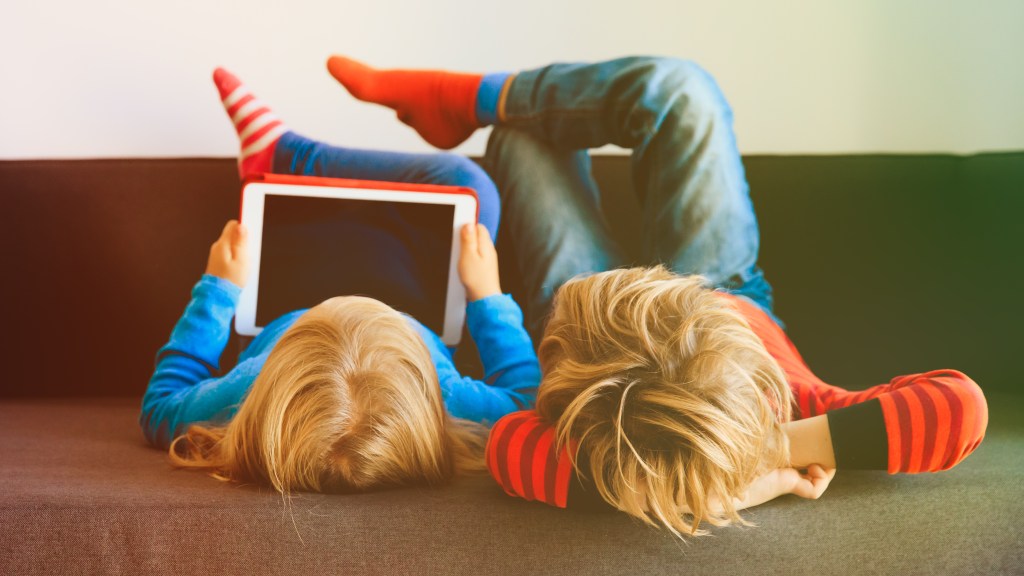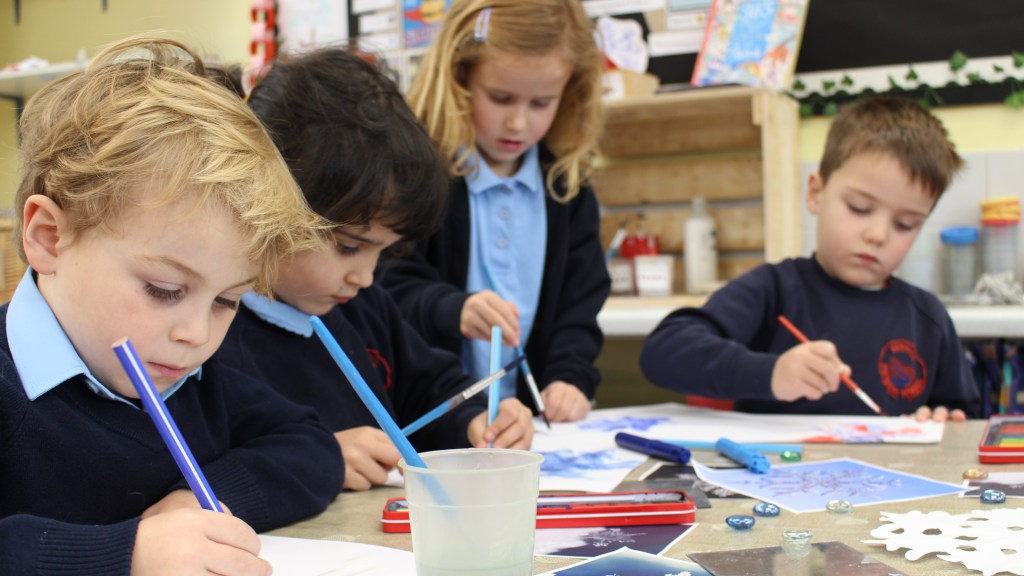Understanding Children’s Screen Time: Are Your Kids Watching Too Much?
Peppa Pig has gained incredible popularity, often serving as a go-to distraction for busy parents trying to manage their energetic children. However, this raises concerns about whether we are relying excessively on shows like Peppa and other widely viewed children’s programs, including educational content from figures like Ms. Rachel on platforms like YouTube.
Recently, Helen Hayes MP, who heads the education committee, emphasized the need for government intervention regarding the substantial evidence linking excessive screen time to negative effects on children’s health. She cautioned that delaying action would continue to harm children’s mental well-being, development, and education.
Sophie David, an educational consultant and a former early years teacher, shares this concern, arguing that children in the UK are spending too much time in front of screens, rather than engaging in creative learning activities. “Overall, our education system doesn’t prioritize play,” explains David, who advocates for tangible learning experiences in her book, Read, Write, Play.
As a mother of three—ages eight, six, and four—David forbids her children from completing homework on screens. “I would estimate that 90 percent of the homework assigned by teachers involves screen use,” she explains. “At the start of each school year, I have an open conversation with their teachers and express my desire for my children to avoid screen-based homework.” She insists on a hands-on and enjoyable approach to learning instead.
The World Health Organization (WHO) advises that children under two should have no screen time, while those aged between two and four should be limited to a maximum of one hour per day. David highlights the rapid brain development in toddlers, noting that by age three, a child’s brain reaches approximately 80 to 90 percent of its adult size.
Does David’s home practice a complete ban on screens? Not entirely. While she has a television and a Nintendo Switch, she enforces strict boundaries. “My children are not allowed to watch TV after dinner. Their screen time is limited to half an hour to an hour sessions,” she states, adding that while they do not have tablets, their oldest son can use the Switch for only half an hour.
David believes that rather than outright rejection of screens, parents should emphasize the quality of the content their children consume. “For my preschooler, I ensure we watch slower-paced programs that are thoughtfully narrated and avoid rapid scene changes. Content should also lack overstimulating bright colors and flashing lights,” she says, citing her enthusiasm for the educational show Bluey, which promotes play-based learning and problem-solving.
Another of her favorites, Daniel Tiger’s Neighborhood, follows the adventures of a four-year-old tiger. Research from Texas Tech University suggests that children who regularly watch this show demonstrate greater empathy, improved emotional recognition, and increased social confidence compared to their peers who watch nature documentaries. Additionally, the Cosmic Kids Yoga YouTube channel is a hit in the David household, introducing movement and mindfulness in an engaging manner.
When it comes to Peppa Pig, David notes, “Generally, Peppa Pig encompasses short and simple storylines that touch on social interactions, such as welcoming a new sibling. However, some of Peppa’s language and behavior can sometimes be perceived as whiny and impatient, which might negatively influence toddlers who often mimic what they see.”
David also expresses her concerns about so-called educational apps like Spelling Shed. She believes these apps often aim to generate dopamine releases in children by appealing to their reward pathways through sounds and visuals. She worries about the unintentional competition these apps foster among students, which can lead to feelings of inadequacy. “I want my children to enjoy learning, which should not create stress or raise cortisol levels,” she states.
Instead of using apps for spelling practice, David seeks inventive ways to make the process enjoyable. “Instead of repetitive writing on a screen, we utilize foam letters for spelling exercises. We also play with paint sticks and bath crayons, encouraging creative cleanup to enhance fine motor skills,” she describes.
For teaching multiplication tables, David employs fidget spinners designed with times tables, and games where her son tosses a ball into plastic cups labeled with different times table questions. For her youngest, simple Play-Doh activities encourage vital skills development, as she points out that it helps with fine motor skills essential for handwriting.
Addressing parents who feel pressed for time to plan educational activities or clean up afterwards, David reassures, “You can easily incorporate learning into your daily routine, even if it’s just for half an hour. Simple games like Uno can make a significant difference without requiring much time or resources.”
Sophie David’s book Read, Write, Play was released on June 5.




Post Comment